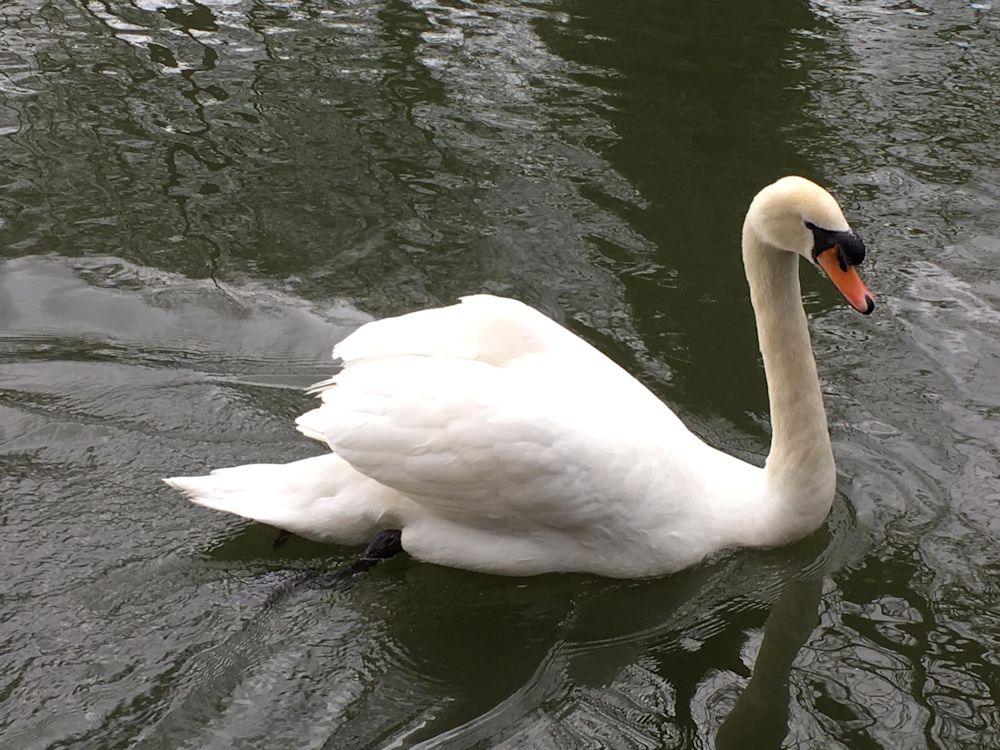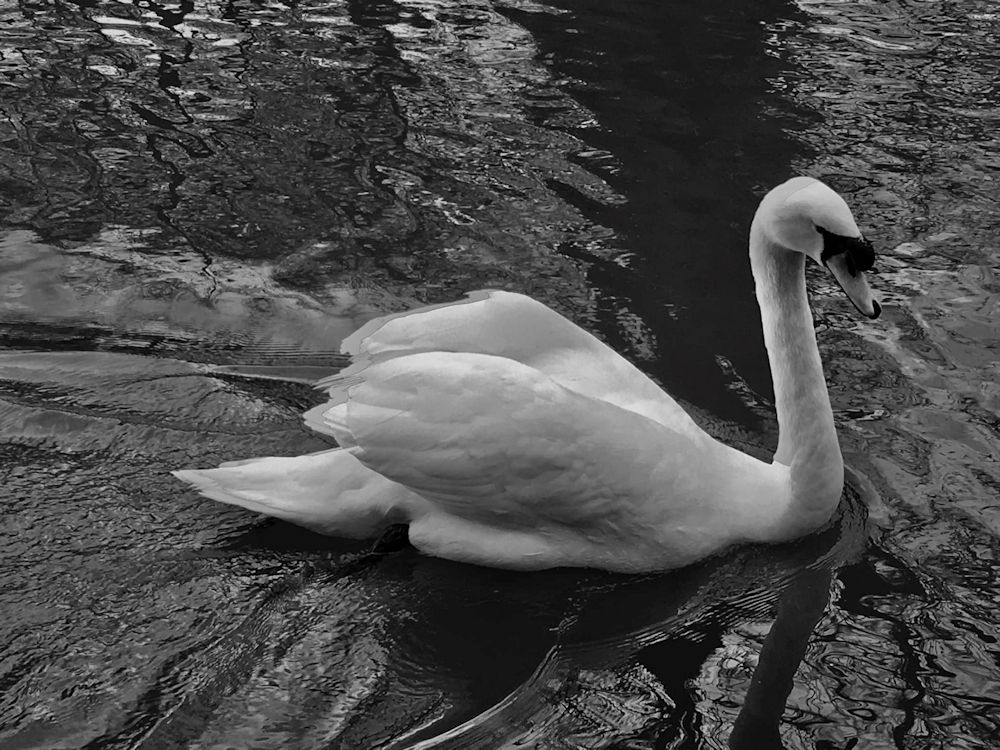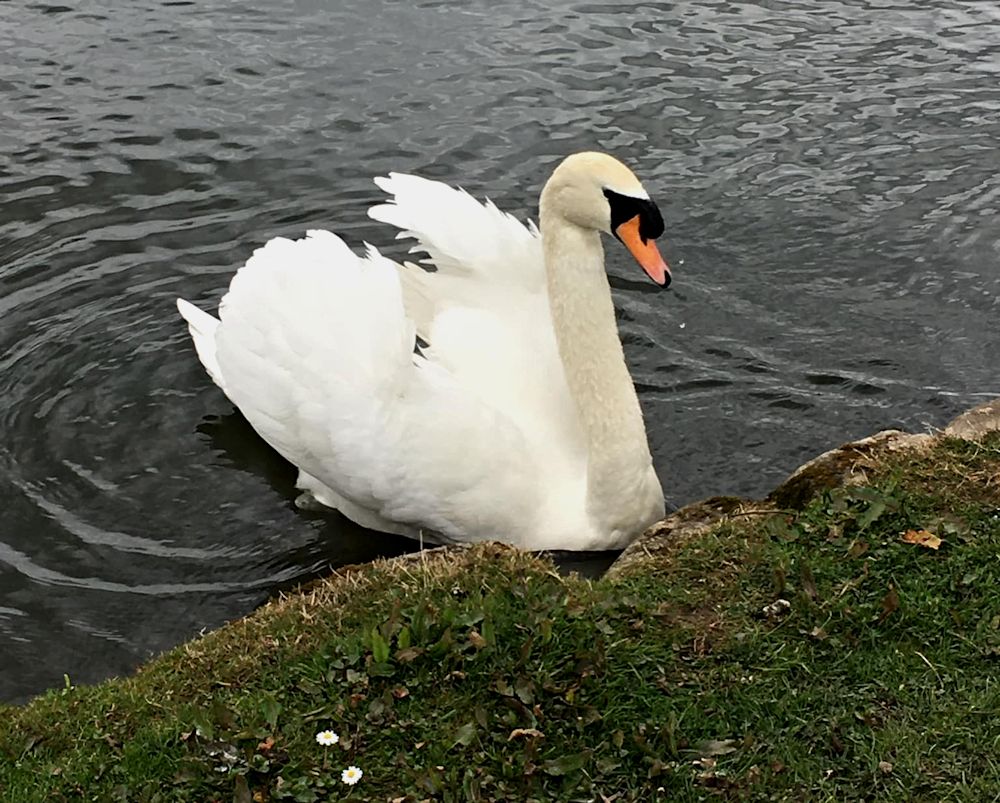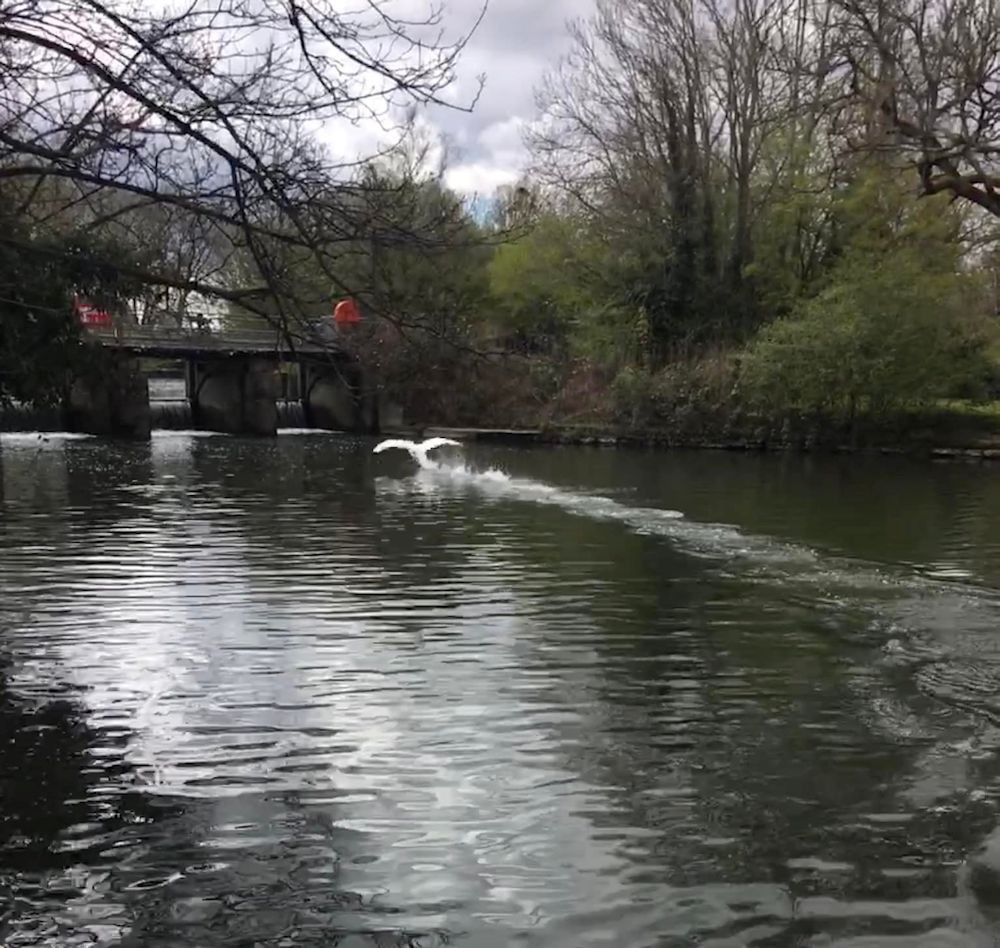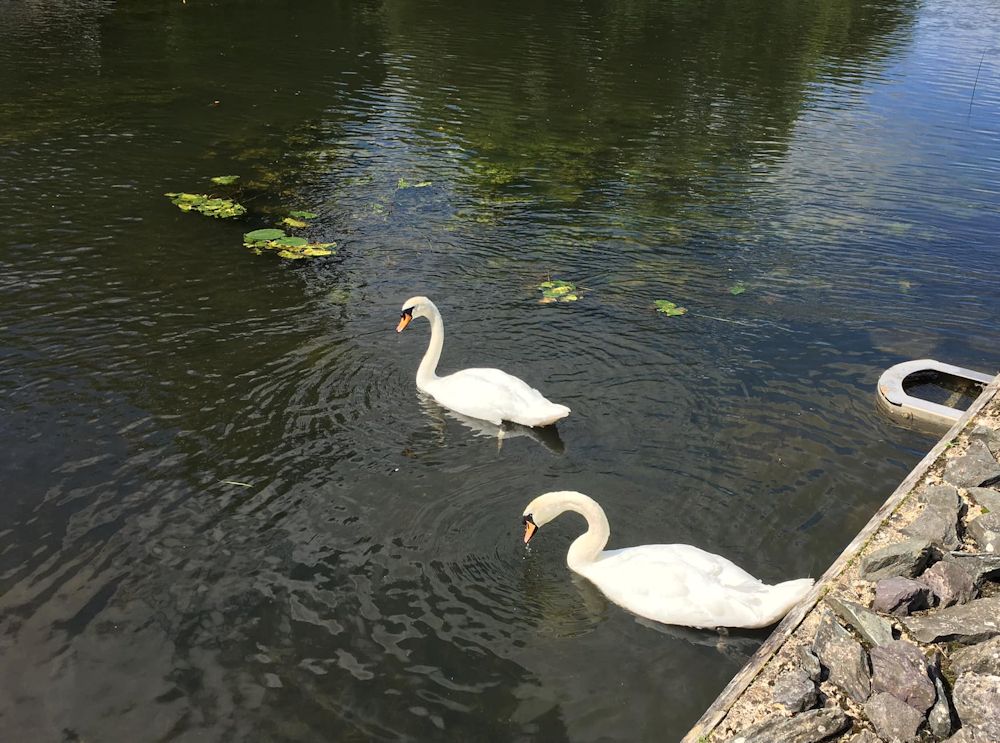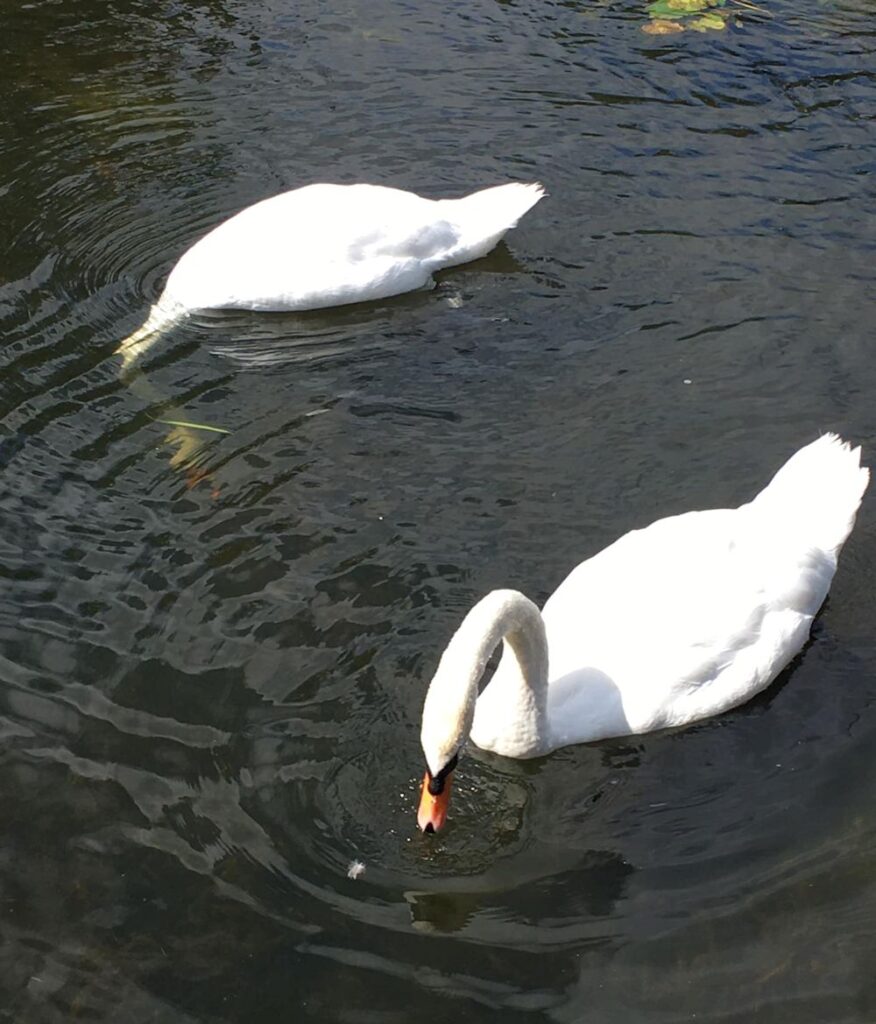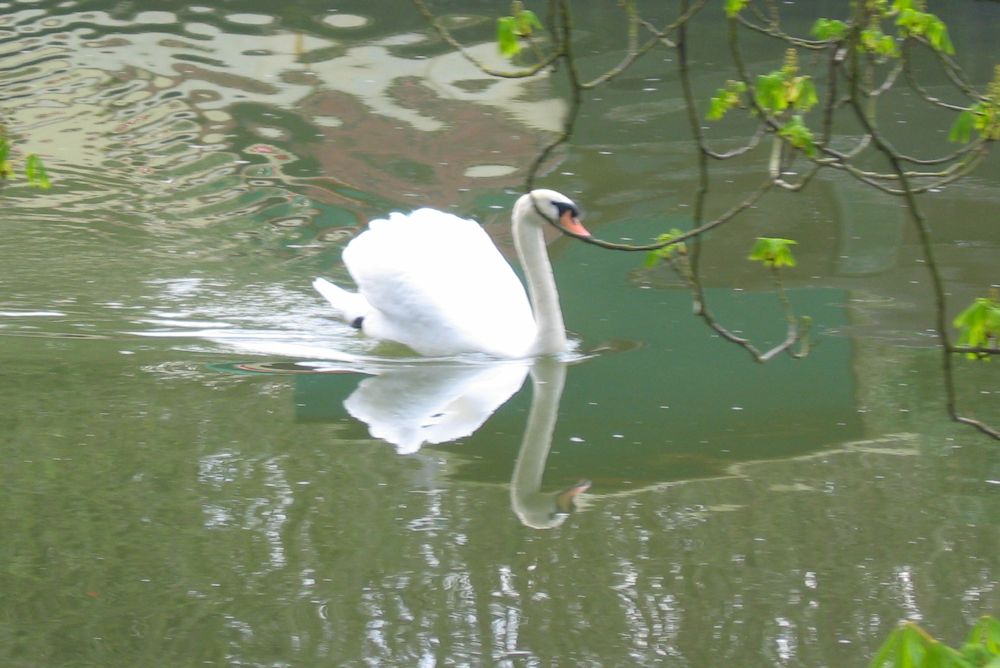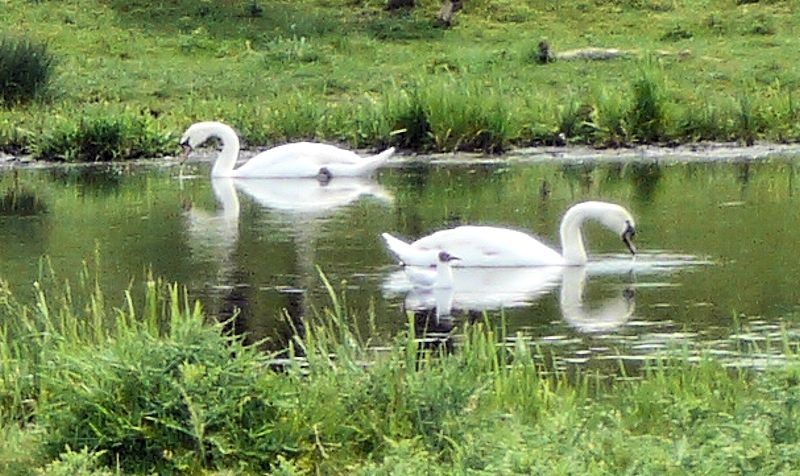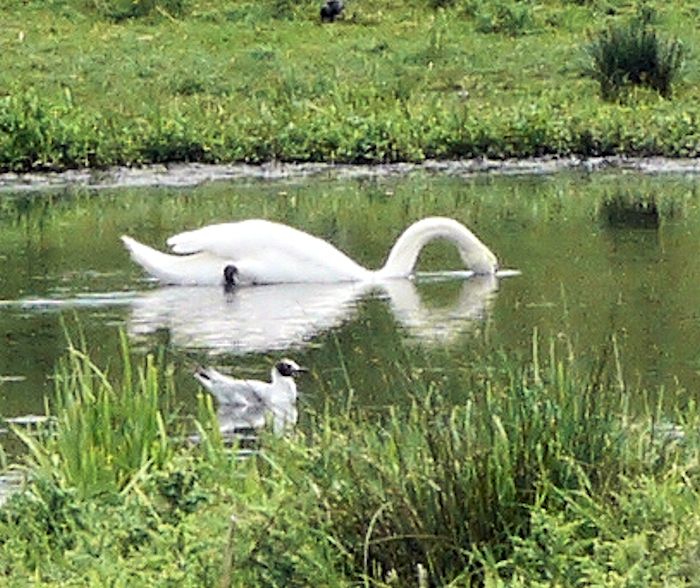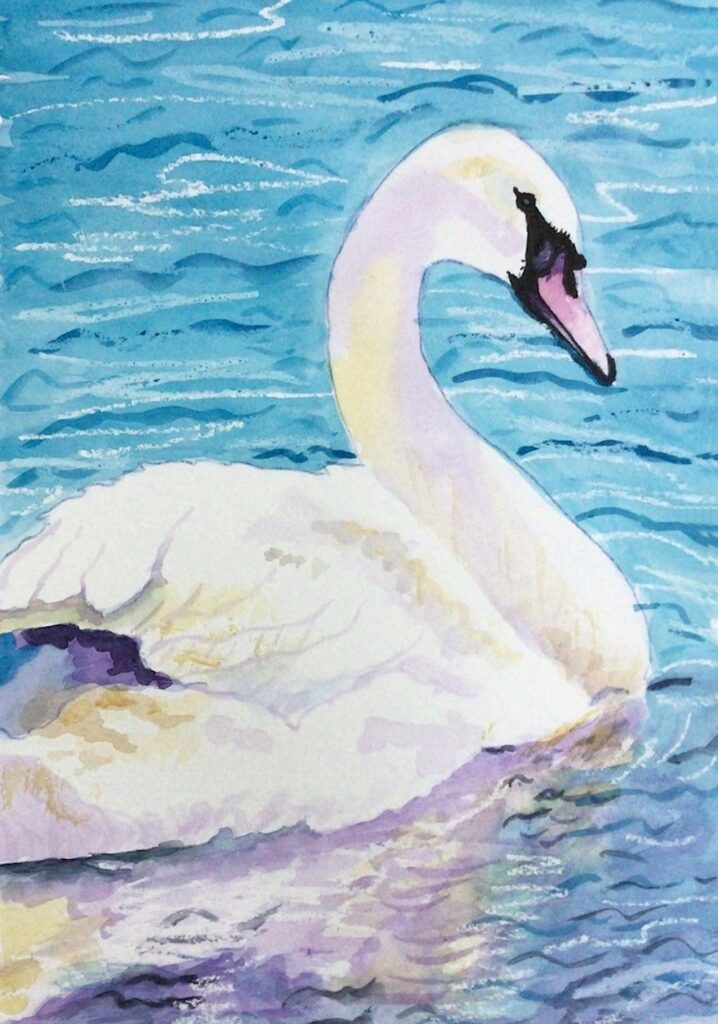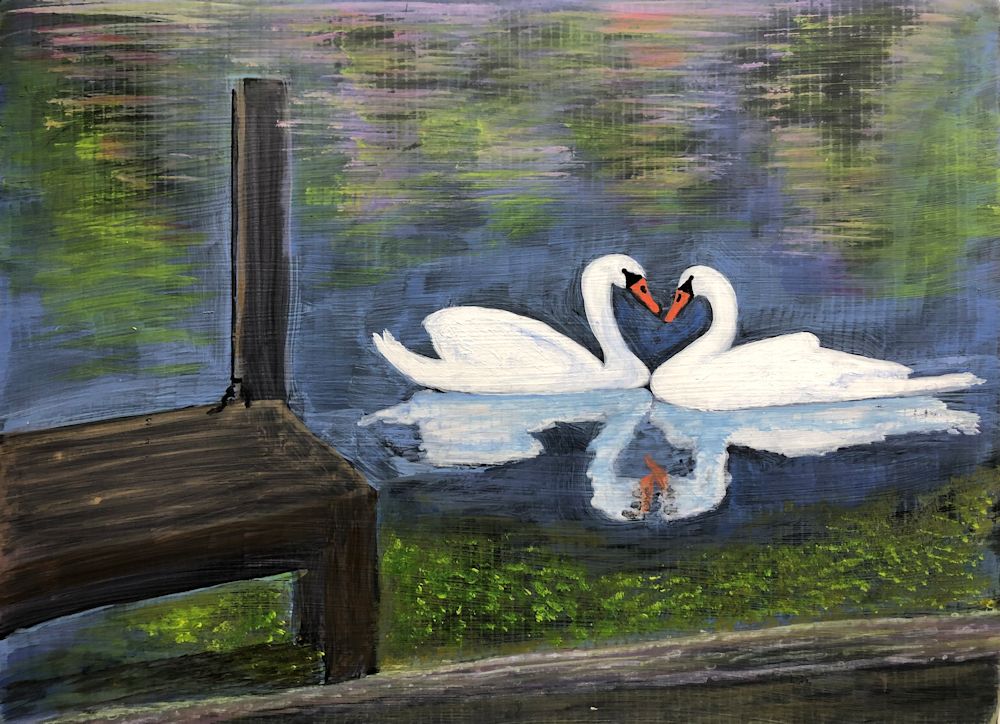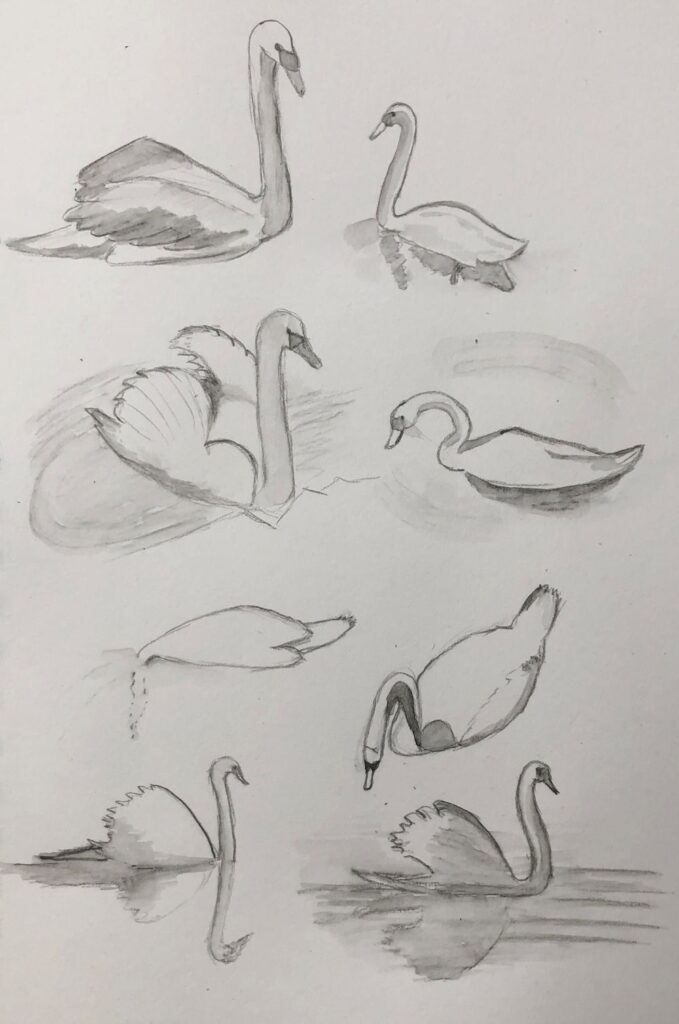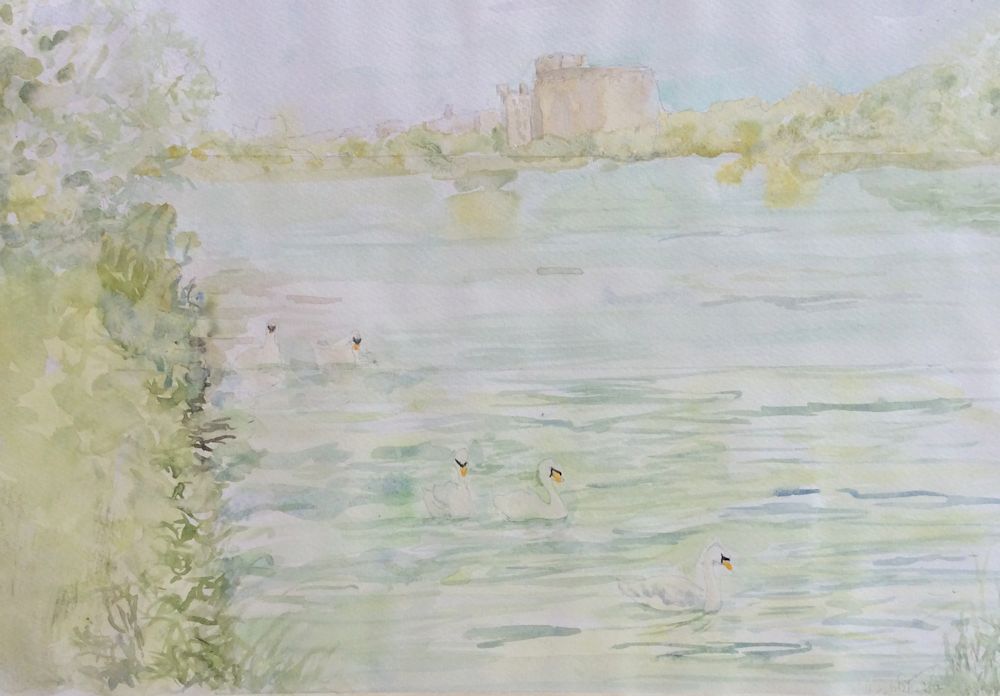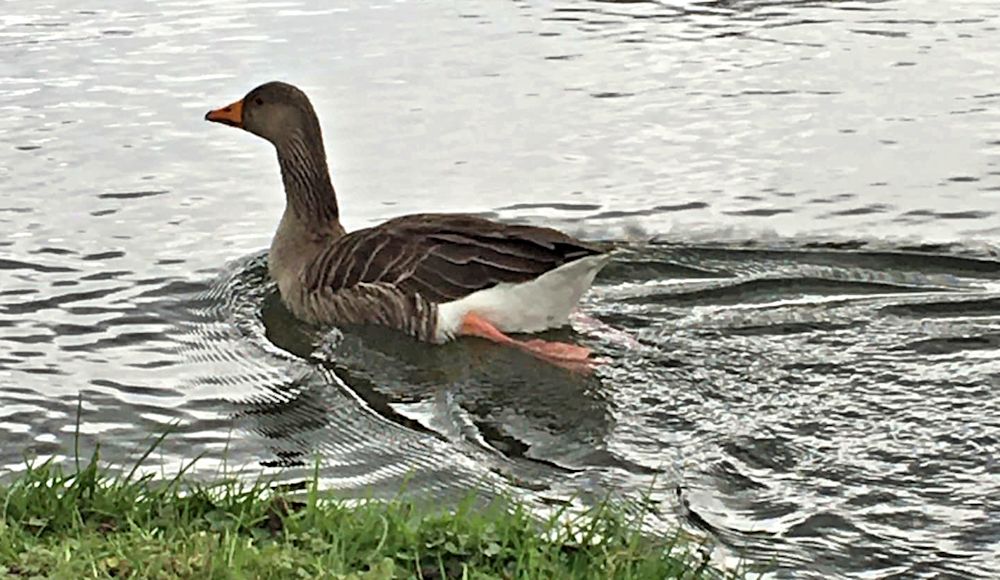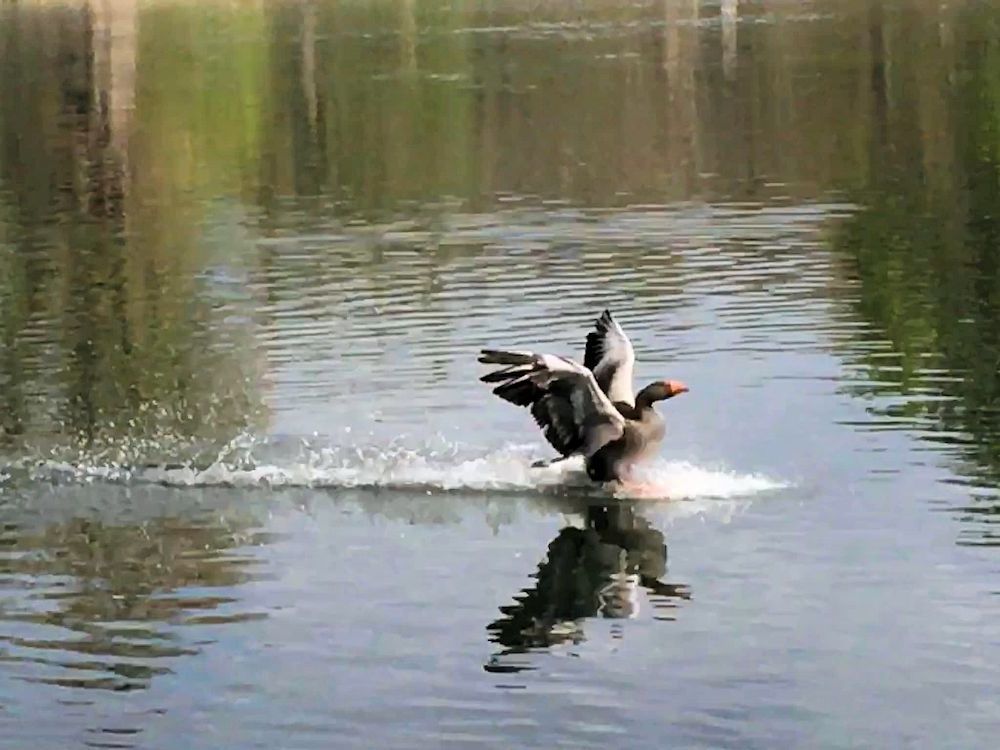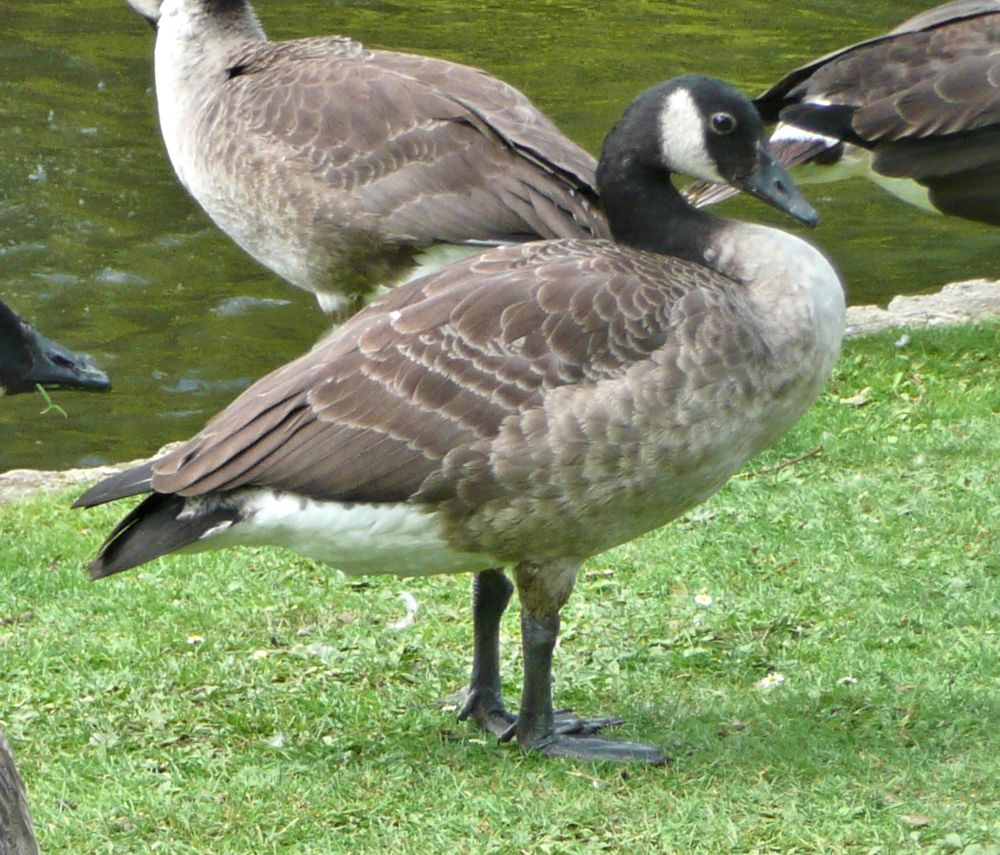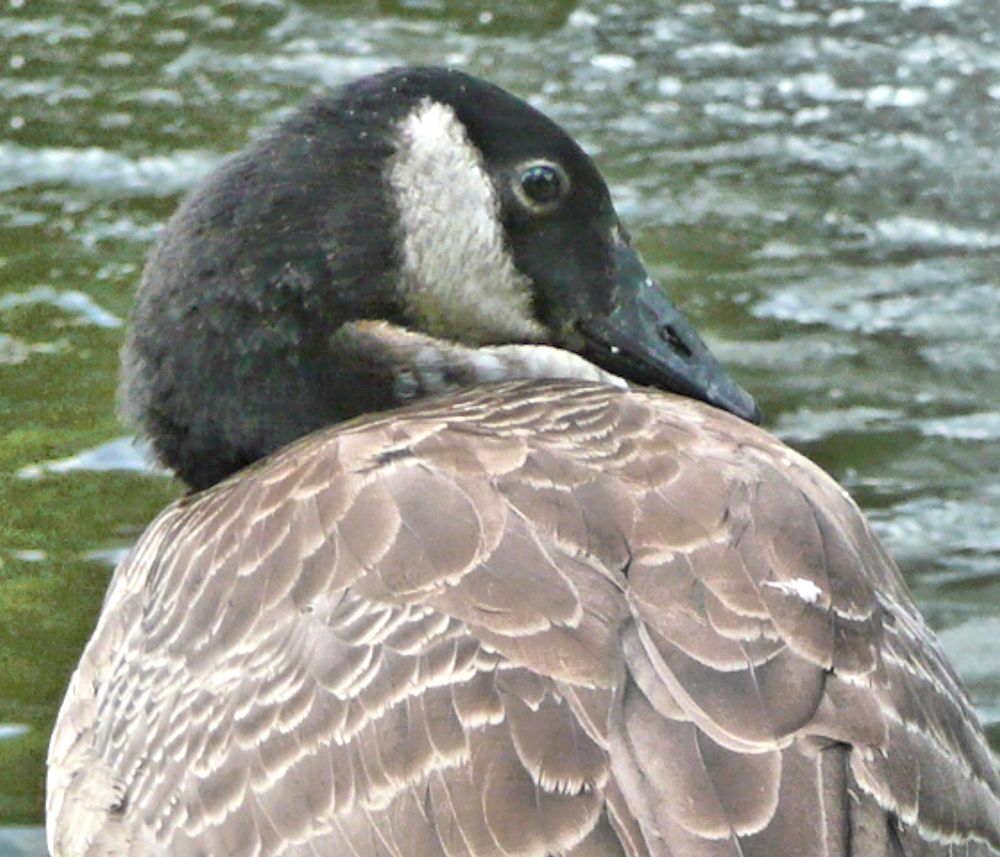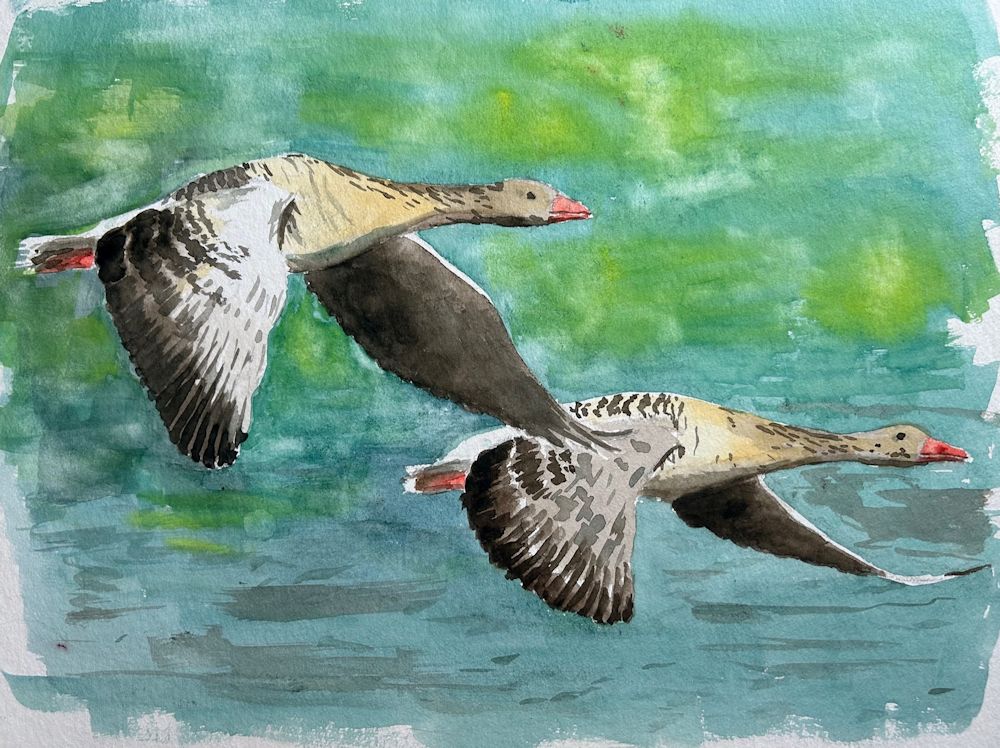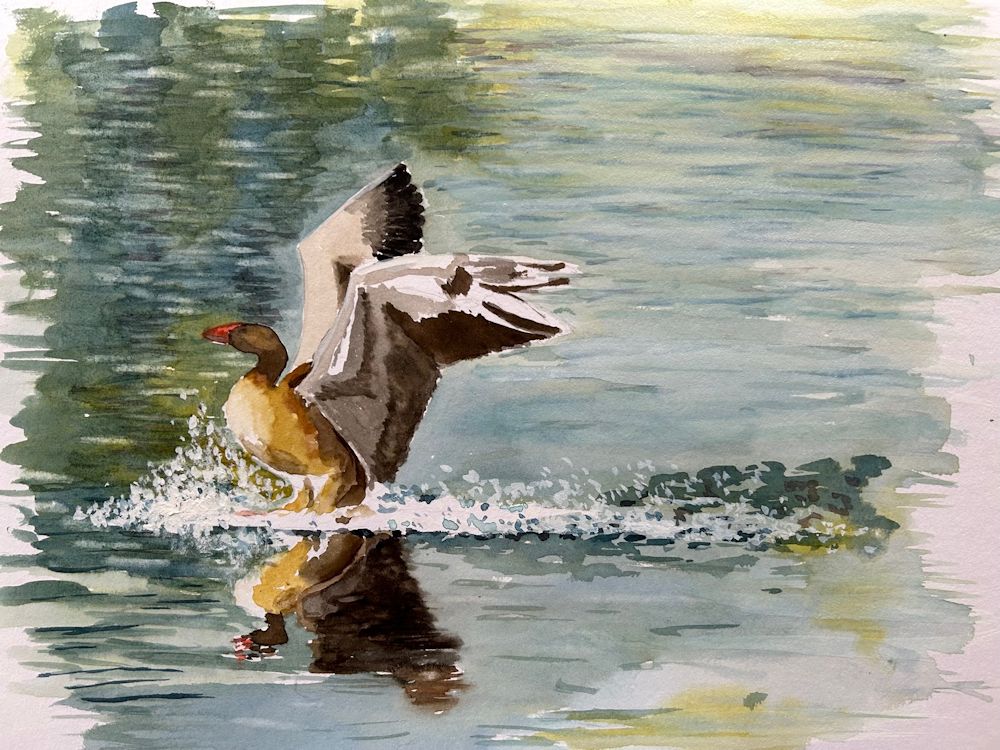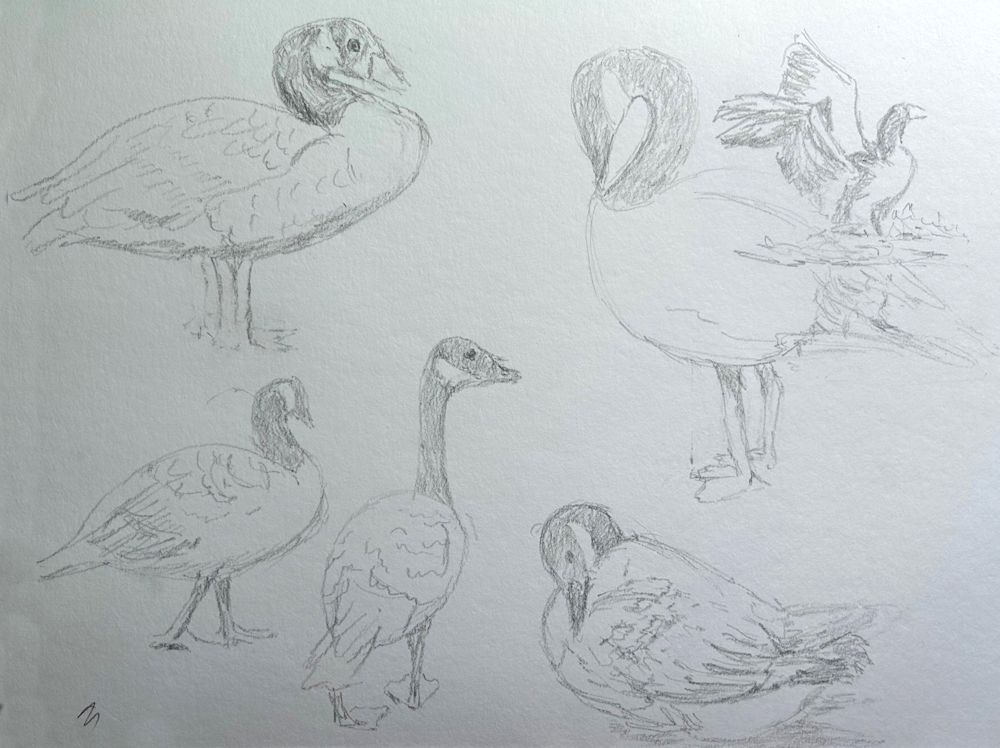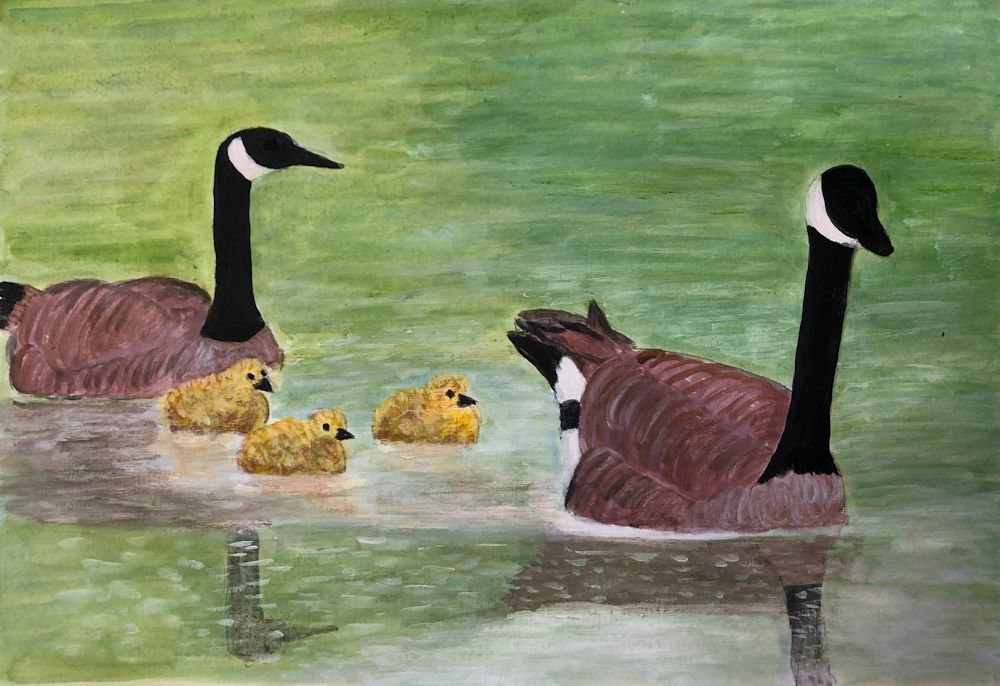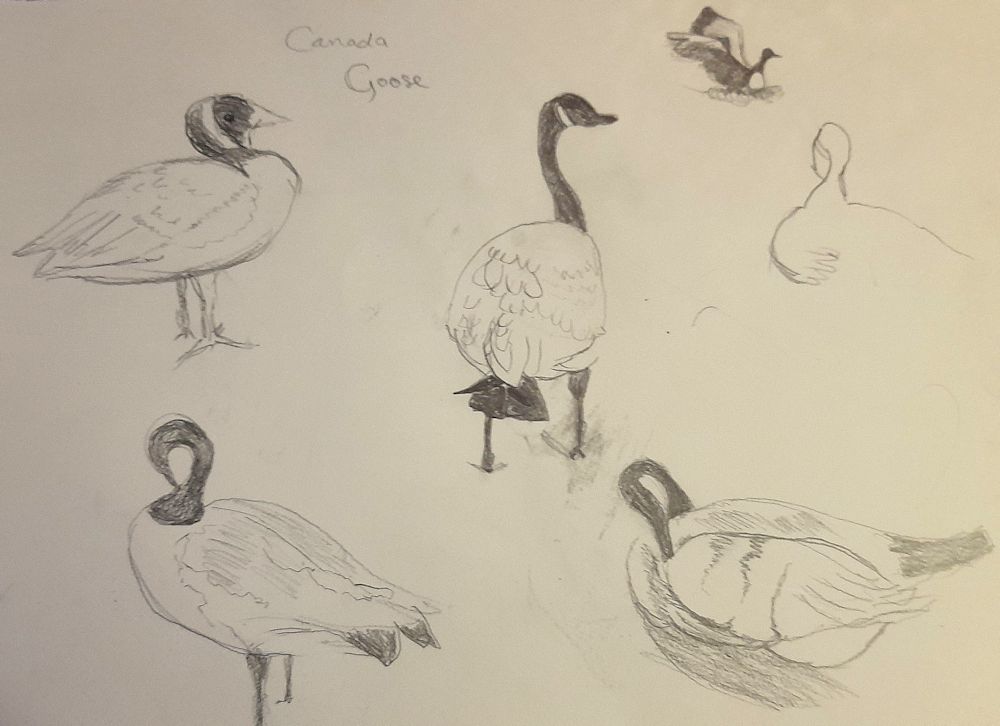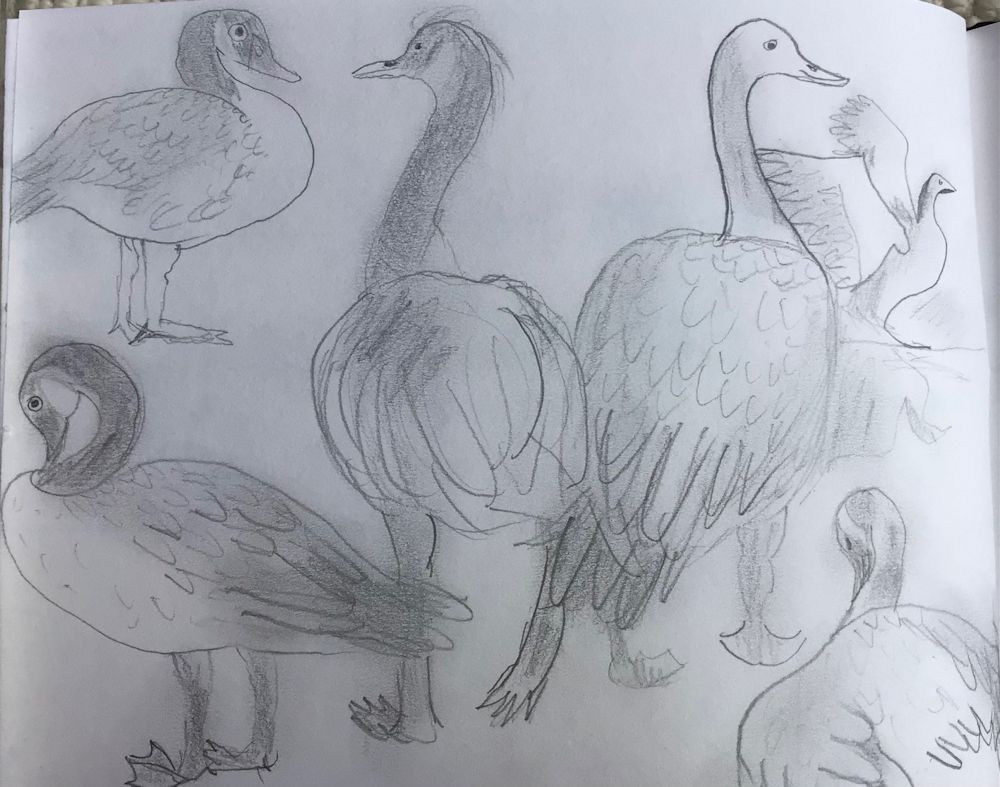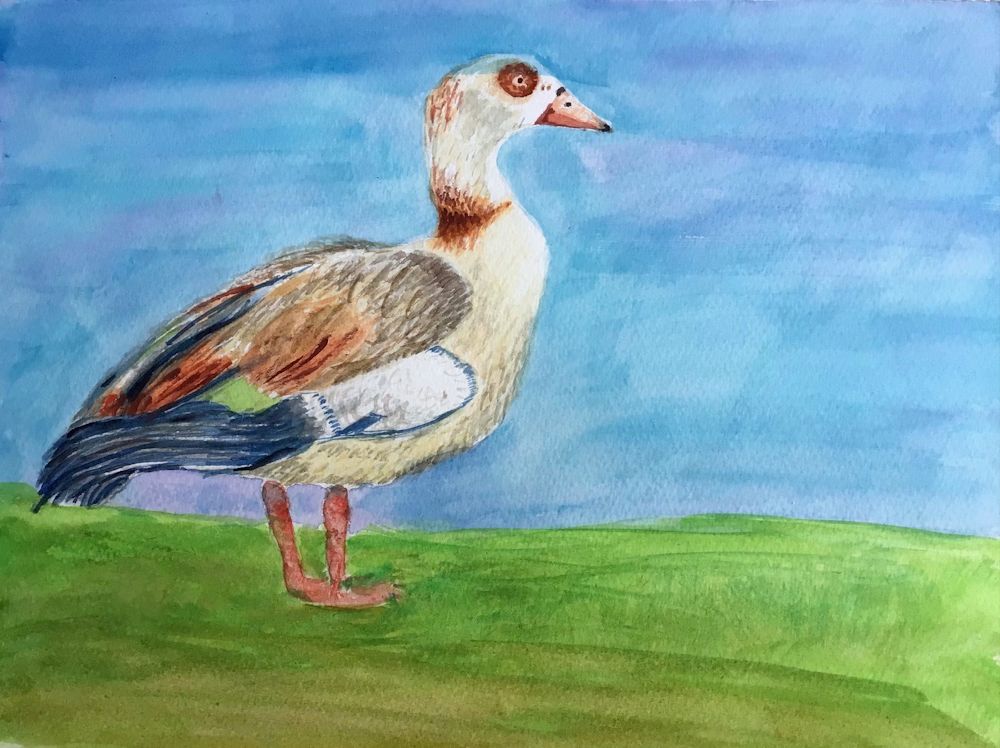Monthly Archives: September 2023
Waterbirds in the Landscape Week 4: Swans
September 24, 2023
Photos in this post are taken by me or my younger son and we are happy for you to sketch from them.
This week we are looking at the Mute Swan. It is the one you will all be familiar with and is easily distinguished from Bewick’s and Whooper swans by its orange beak and the bump above its beak. The other two swans are mainly winter visitors and have black beaks with a yellow patch. They also hold their necks more stiffly upright than the mute swan.
We’ll start by looking at the general form of the swan, mainly in the water, but I would also like you to consider the surrounding landscape paying particular attention to how much of the wider stretch of water and riverbank you would like to include in your painting.
Unlike the geese and ducks swans often swim with their wings slightly elevated as in the photo above but as you will see from photos later in the post they are just as happy to have them closely folded. Take some time to look at the grey-scale image above. The body is lying fairly flat in the water. Its tail feathers when down come to a graceful point and it is easy to see the form of the wings and their relation to the body and neck. Look at the angle of the neck and how it curves to join the body. Also look at the angle the head makes with the neck. If you are working from a photograph it is easy to measure to check overall widths and height and perhaps make a note of what proportions a rectangle just enclosing the whole bird makes. This will help you check its overall shape. Drawing the rectangle will also help you check the angles of the swan’s form in whatever “pose” it is taking up. The swan has 25 vertebrae in its neck whereas all mammals have only seven so it is no wonder the swan has such a mobile neck.
The photos immediately above and below show a swan taking flight from the water. The riverbank and the river and reflections give the bird its context. There is also the excitement of the disturbed water and reflections. If working in watercolour you will have to decide on whether to mask the swan, or paint around its pale form, or to use white gouache. You will also have to decide on how to represent the splashes of water; with spattering (white gouache or masking fluid or whether to scrape out with the tip of a craft knife as a final touch. If you are using pastel on toned paper you may be able to draw all with pastel but it is fine to add any small white highlights with gouache. Alternatively you may like to work in acrylic or a mixed media approach. Whatever media are used remember to experiment a little first on a separate piece of paper.
The two images below are the same photo’ cropped differently; the first gives a much better idea of the wider expanse of water and of the trees reflected in the water. Look at the tonal shift in the water as well as the high contrast of the swans against the water
If you don’t like the harsh line at water’s edge you may consider painting vegetation there instead or continuing with water. The photograph does not have to be followed completely; it is only a starting point. Within that do try to make the birds appear convincing though.
In the images above and below, elements other than the swan are important to the composition. Above we see the boat beyond the swan and also the swan moving through the reflection of the boat. There is a colourful interplay of shapes including the swan’s reflection and that of various parts of the boat.
In the more closely cropped image below, the swan takes centre stage but is still moving through an interesting pattern of tone and colour, in water only disturbed by the movement of the swan. Whether the branches hanging down from the top of the photo should be included is a decision for the artist but it would be a good idea to alter the position of the branch that cuts across the back of the swan’s head and follows the line of its beak. Always look out for objects causing similar difficulties in reference photos.
I was interested to see this rather disorderly brood of cygnets swimming ashore. Observe how the swan’s reflection is broken by the ripples in the photo above and how much more of the swan’s form is reflected in the calmer water of the image below.
Lastly, two images from a still water lagoon on the Great Ouse; I was intrigued by the shapes made by the swans and their reflections.
During the session we will make rapid sketches from some of these photos as a prelude to working up a more considered composition including more of the landscape/surrounding water. Hope you have enjoyed looking at these photos and looking forward to seeing work inspired by these photos, or your own reference, or better still from your own sketches made from the riverbank.
Your Paintings:
Waterbirds in the Landscape Week 3: Geese
September 14, 2023
Geese are like ducks with longer necks and can be seen as often out of the water as in it. This post includes photos of the Greylag Goose and the Canada Goose we are all familiar with. Take some time just to look at the various “poses”.
Body shape of the goose above is very much like a duck. Come to grips with this before adding the neck, head and leg as it paddles through the water. The Greylag Goose has a heavy orange beak, mottled mid and dark grey plumage on its neck, paler grey on its upper body and white below.
Below are photos of a Greylag landing, using its feet like water skis. Below the second photo is a version that has been flipped horizontally so you can practice drawing a landing from a different direction. Note the shadow areas under the wing as well as their shape and include the reflection as well as the splash!
Photo below is of a Canada Goose standing with its neck and head pulled back against its body. Note the position of the legs, about halfway down the body so it appears perfectly balanced. If seen directly from the front the neck would be directly above both legs. If the goose was moving forward the neck would tend to be directly above the leg that was doing most of the load bearing and would shift from side to side as the goose moves forward. This together with the plump appearance of the well feathered body creates the familiar waddling gait of geese and ducks.
A long flexible neck is a great aid to preening.
Note the shape from the rear and the well balanced form, and also the rather round dark eye.
We’ll make some rapid sketches during the session using a slide show of the photos above. If you have several photos of a particular goose in several different positions feel free to use your own; after all that is a bird you will have already observed. The choose one image and make a more considered bird portrait or composition of a goose in a landscape setting taking special note of movement of the water, reflections and of balance where the bird is standing.
Your drawings and paintings:
Waterbirds in the Landscape Week 2: Ducks
September 7, 2023
Having looked at the heron last week standing upright on the river bank, with its long neck and head turned toward the water intently looking for prey, this week our attention turns to the ducks who more often than not are found with their body mass in a much more horizontal position. That is till they amuse us by upending and diving for a tasty morsel of weed or start waddling around on the bank.


The UK is home to many kinds of duck from the teal and eider to the exotic mandarin. They share several common features including a broad flat keel and short neck and legs.
Take note of the body shape; in the water you can see its broad flat keel if its front is facing you when diving. Its neck is short and so are the legs with their webbed feet. Try drawing the duck itself in several different “poses” then look out for what happens to the water as it swims. Perhaps this week you could make a drawing or painting that includes the reflection of the duck in the water and how the water moves around it.


You may even find a situation where the ducks seem to be playfully swimming around while in the background, an ever-watchful heron is poised ready to fish.
During the session we’ll make some rapid duck and water sketches and discuss and start a composition where ducks feature either close up or animating the landscape.
Your paintings:
